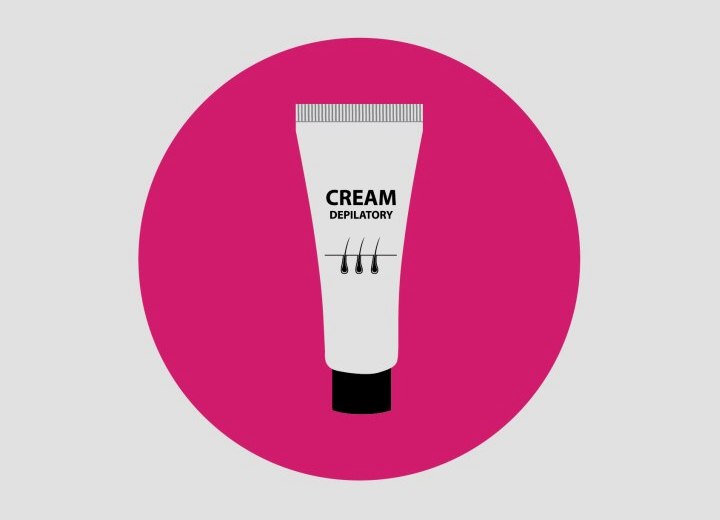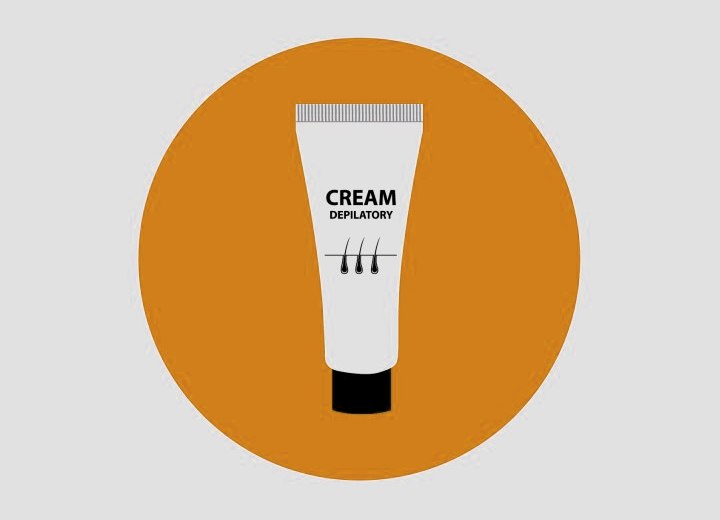Hair Removal Creams

Depilatory Creams: A Painless Alterative of Removing Unwanted Hair
Removing unwanted hair from the body has been practiced by almost all human cultures. Certain codes of conduct are in play concerning hair and the removal of it in society, and those who do not adhere to these aesthetic codes can face major social issues.
Consequently, many different methods have been developed to remove excess hair. The use of cream and chemical depilatories is one popular and effective technique to temporarily eliminate excessive and culturally unacceptable body hair with immediate results.
Depilatory creams date back as far as 4000 - 3000 BC when women made their own creams which contained ingredients such as starch and arsenic to remove the hair from their bodies. In Roman times, creams were modified and developed and were seen as a popular alternative to the bloody mess caused by blades.
In the 19th century, it was popular for women to experiment with homemade depilatory creams that contained more natural ingredients, such as wine, oak, and walnut oil. Today, depilatory creams continue to be an effective method of removing unwanted hair from the body.
How Hair Removal Cream Works
Unlike other methods which destroy the follicle of the hair, depilatory creams work by removing the part of the hair above the surface of the skin.
The hair is made up of a protein called keratin, and depilatory creams contain a mixture of slightly caustic chemicals including sodium and calcium thioglycolate, which break the bonds that link the keratin together and give hair its strength. After several minutes, the chemicals dissolve the keratin in the shaft of the hair at the surface of the skin, causing the hair to fall out.

How to use Hair Removal Creams
While using hair removal creams is a simple and straightforward procedure, there are certain steps that need to be followed in order to achieve optimal results. First, a small test patch should always be performed before applying the cream to a larger area, as some people can be sensitive to the chemicals in the cream.
If an adverse reaction does take place, the skin tested will turn red and may itch and cause irritation. For the majority of people, however, no such reaction occurs and they can continue to apply the cream.
Make sure the area where the cream is to be applied is clean, dry, and free from any oils or lotions, as these products can stop the chemicals from working correctly. Also always ensure the area is free from any cuts or irritation, as hair removal cream applied to broken skin can be very uncomfortable. Apply the cream generously but without going overboard, ensuring that the whole area is covered.
It is important not to rub the cream in, instead use the spatula that is usually provided with the cream and gently dab it onto the skin. Leave the cream on for the amount of time recommended by the manufacturer. Don't guess the time; use a watch, and take off the cream when instructed, as leaving it on for too long can cause burning and irritation of the skin.
Remove the cream and hair with the spatula provided, scraping the residue in a downward motion. Rinse with warm water to ensure all of the depilatory cream has been removed and the area is clean. Dry the skin and if an after lotion has been provided with the cream, apply it liberally.
Alternatively, a mild body lotion can be used to help soothe and moisturize the skin. Refrain from using any harsh products on the area for several days as they could irritate the skin.
Continue reading ...